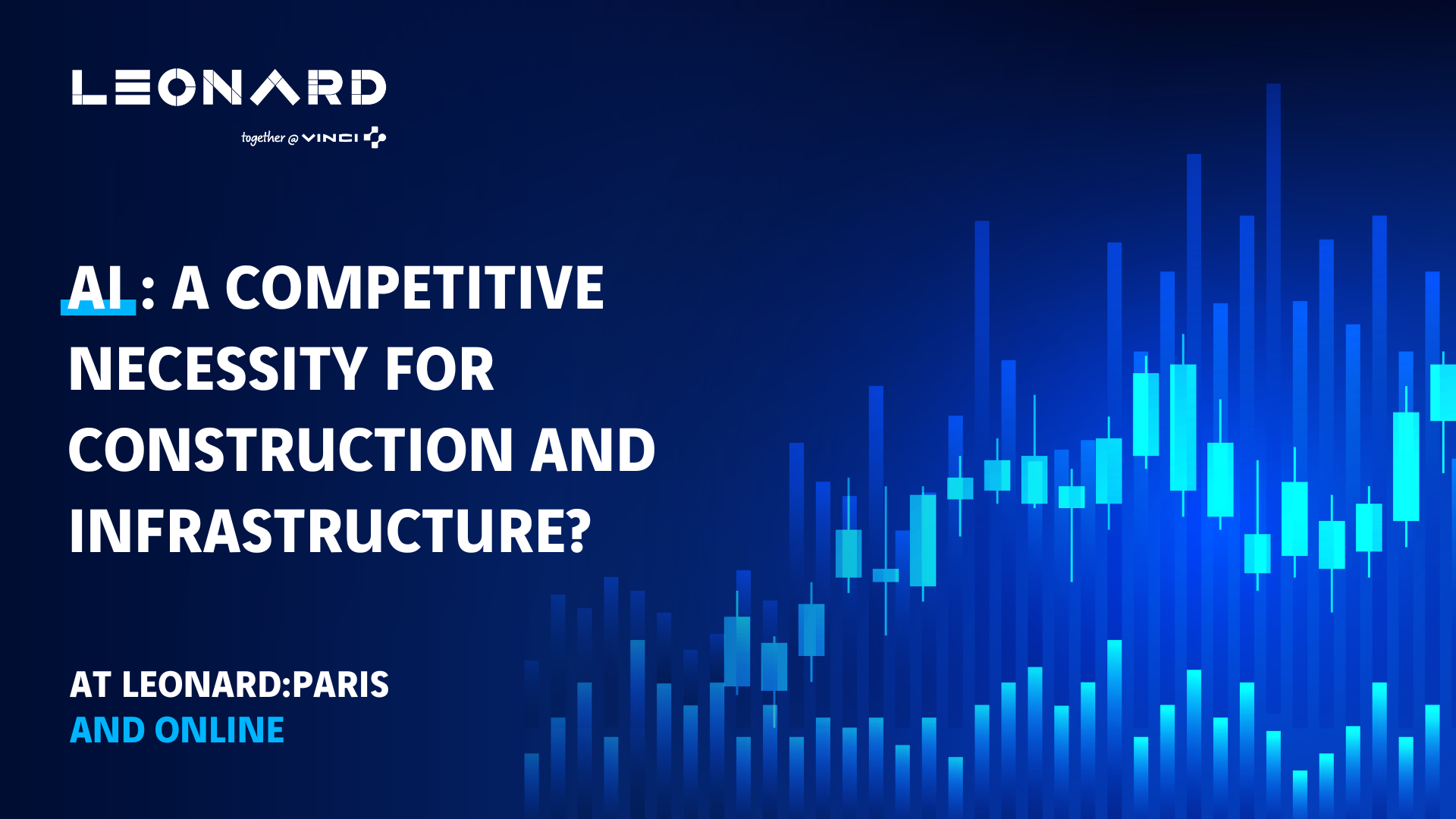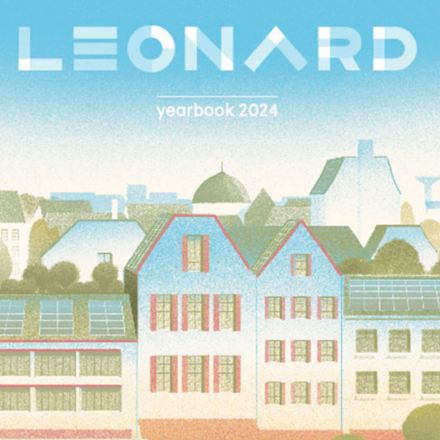This article is from the 2024 yearbook: “Innovation has found its bearings.” We have designed this annuel review to inspire you and spark new vocations in the service of transforming cities and territories. Happy reading!
According to the Global Alliance for buildings and construction, the buildings and construction sector accounted for around 37% of energy and precess-related CO2 emissions, and over 34% of global energy demand in 2021. As such, the industry must considerably reduce its emissions if it hopes to achieve carbon neutrality 2050. The challenge of the industry therefore lies in improving efficiency in order to build frugally and at competitive prices.
To resolve this challenge, over the past few years, the construction industry has looked to “contech”. A contraction of the words construction and technology, this term refers to the application of technology to help the construction and infrastructure sector improve productivity and safety, and reduce its carbon footprint. From the range of technological solutions out there, artificial intelligence (AI) is among the most promising.

IA for smoother operations
AI excels in optimisation problems, aiming to do better with as many or fewer resources. That’s good, because the construction industry is riddled with them. Let’s start from the beginning, namely construction plans. When applied to the latter, AI can be used for generative design, to optimise plans based on a number of criteria. While humans know how to solve this type of problem very well, AI can be used to examine a much higher number of combinations, and therefore find the optimal solution based on the available data. “Doing the calculations by hand takes time, sometimes several weeks. Faced with this amount of work, we often select a functional solution, but not necessarily the optimum solution. With AI, we can explore tens of thousands of options and choose the best one”, explains Alexandre Cousin, founder of Synaps’Up, a team dedicated to generative design using artificial intelligence at VINCI Construction, developed as part of Leonard’s Intrapreneurs program.
Once the plans are produced, next it’s on to the construction site planning, to maximise the use of available resources and avoid waste — another optimisation task that AI takes care of. “On a construction site, the aim is for a crane to be in use 100% of the time, because they’re expensive to rent. The more it is used, the more savings we make” explains Bruno Daunay, head of the AI programme at Leonard. AI can help make this objective a reality, by optimising logistics. For example, this may involve determining the optimal time on the construction site to install formwork for pouring concrete, to avoid having to then move them several times with the crane. It can even be used for optimising inventory management. “When we build a building story, we store elements (reinforcement, boards, etc.). AI can help determine the ideal place to put these elements so that they don’t get in the way of workers and so that we don’t have to move them. We’re optimising logistics on site.”
When it comes to building materials, IA is a powerfull tool for managing onsite supplies. It can be used to analyse data on purchases, for inventory management and to anticipate demand to optimise building supplies deliveries to the site, and reduce waste.
IA for managing construction sites and infrastructure remotely
AI does not just optimise existing tasks: it also allows us to imagine new uses and innovative applications. Everyone knows that time management is crucial in construction: prolonged construction means additional costs that threaten the viability of the project. This is why engineers specialising in chrono-analysis are responsible for monitoring a construction site, to check that everything is running on schedule.
What’s more, AI can process a greater volume of data from different sources, therefore making more precise estimates. As such, by fitting building site machinery with cameras, we can analyse the images captured using AI to provide a daily estimate as to what extent construction is on track compared to the initial planning. “We are rationalising the process: an engineer can supervise several sites remotely and estimate with detailed precision any delays or advances made” says Blanca Payas Puigarnau, Sixense Iberia & Satellite managing director.
When used in combination with other innovative technology, such as Building Information Modeling (BIM) or virtual and augmented reality, AI can truly express its full potential. These technology solutions can be used together to produce an immersive visualisation and simulation of a construction project. As such, architects, designers and site managers can obtain a clearer and more detailed view of a project, which facilitates communication and collaboration.
AI and satellites are another good combination: when used together, the two technologies make it possible to carry out predictive maintenance on infrastructure, thus preventing breakdowns, accidents or damage. “AI algorithms analyse satellite-produced images and identify any warning signs of ground instability, landslide or subsidence (displacement, deflation, sinking) near infrastructure. We can then act to avoid it.”
AI to aid decarbonisation
There are several AI applications which are more specifically focused on reducing greenhouse gas emissions. One consists of using this technology for predictive maintenance. “Maintenance is currently carried out on the basis of accumulated professional experience: on a concrete road, it has to be carried out every five years, for example, so we put in place a systematic maintenance approach. AI-powered data processing can be used to fine-tune this knowledge with the reality on site to optimise maintenance. That way, we can discover that a wearing course can last two or three years longer than we initially thought… Which reduces the need for renovation and in turn emissions” explains Bruno Daunay.
AI can also be used to optimise the choice of materials used in the construction, by performing simulations to determine
the best combination based on factors such as cost, deadlines and environmental impact. “Low-carbon alternatives may not have the same strength as traditional concrete, so using them involves recalculating the infrastructure. AI can be used to automate these types of calculations and choose the ideal combination.”
However, AI is not a miracle solution. Above all, it makes it possible to improve the efficiency of human experts. “These are things that we have always done, technology simply allows us to slightly improve the level of performance. It’s about optimisation rather than a revolution” concludes Bruno Daunay.
To stay informed about our news and events, sign up for our newsletter : here.
